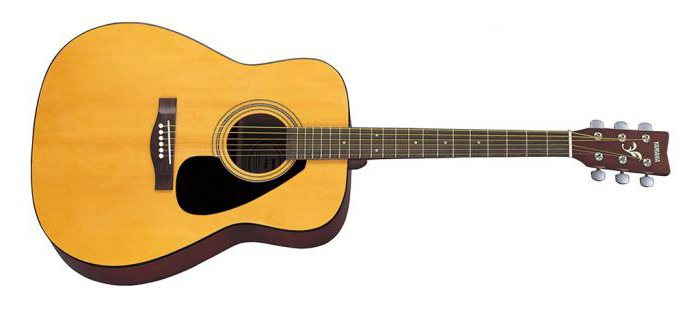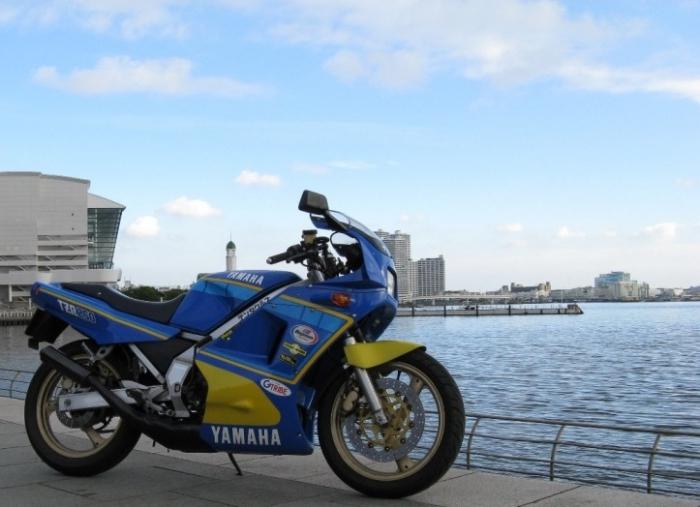Yamaha XJR 400 - representative of the classic Japanese motorcycle industry
At a certain time in front of a large numberlovers of motorcycles raises the question of buying a used bike in the normal state. The problem is not the purchase of the "iron horse", but its choice, which usually stands between a pair of the most popular models, including the Yamaha XJR 400, the Honda CB1 or the Suzuki Bandit 400. Which one should I prefer?

Yamaha XJR is a representative of the classicJapanese motor industry. It's a bike with a round headlight, a four-cylinder in-line engine, two rear shock absorbers and chrome wells of appliances. Motorcyclists are still nostalgic for the "roaring seventies", and the companies-manufacturers are trying to satisfy the tastes of motorcyclists.
In the Japanese market, the Yamaha XJR 400 appeared in 1993year. Since that time, the motorcycle has been produced without major changes until today. Bike received a small facelift in 1996, when the public was introduced XJR 400R II. The motorcycle was equipped with a digital instrument panel and fairing, without changing the filling of the Yamaha XJR 400, reviews of which in most cases are positive. The second modernization was carried out in 1998, changing the shape of the fuel tank and shank and placing the watch on the dashboard. The engine of the bike and the rear suspension were not changed.
The motorcycle looks wonderful. Classic forms, rich black bike color, as well as the XJR label remind of the Jaguar brand car of the same name. The Japanese "jaguar" is not so pathetic, but it's closer to predatory cats by habits. By pressing the electric starter button, a deaf growl with a non-standard whistle will be heard. If you turn the handle of the gas, the growl turns into a sonorous barking, pleasant to the ear.

The Yamaha XJR 400 comfort seat: wide enough and not too hard. Direct landing and a high steering wheel create excellent conditions for driving. On the bike good visibility, which is not in the least dependent on the side mirrors.
On the front, in front of the driver's eyes,all the necessary instruments are located: a speedometer (with a daily and total mileage counter), a fuel gauge, a tachometer. The readability of the instruments is very good.
On the road Yamaha XJR 400 leaves onlypleasant sensations. The weight of the motorcycle is 176 kg. The power of the in-line four-cylinder engine is 53 horsepower and reaches 11,000 rpm, which is enough for a daily quiet ride.

It should be noted that high speeds are notthe elements of the Yamaha XJR 400 not only because of the lack of wind protection. "Weak place" bike - suspension. A conventional telescopic fork in the front and two rear shock absorbers represent a budgetary approach to the motorcycle. The front fork even without adjustment behaves quite adequately, but the shock absorbers are not suitable for domestic roads. Even when one driver drives a bike, the suspension is on the edge. This also has a negative impact on the handling of the Yamaha XJR 400. Therefore, driving on this bike is best a dynamic, non-aggressive driving style.
Unlike the suspension, motorcycle brakes are prettyare good. Contrary to the custom to put on ordinary "four-hundred" single-disk brakes, the XJR is a full-fledged dual-disk system with two-piston calipers. The motorcycle is also equipped with reinforced hoses, so effective brakes are supplemented with good feedback.
In general, the bike is relatively good and to some extent exclusive. The ergonomic performance of the XJR is as high as its dynamics.










